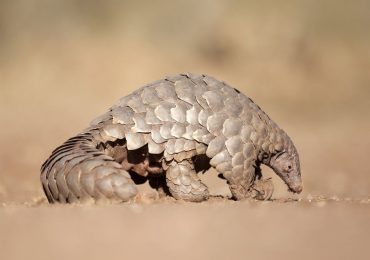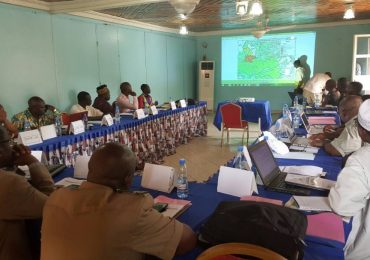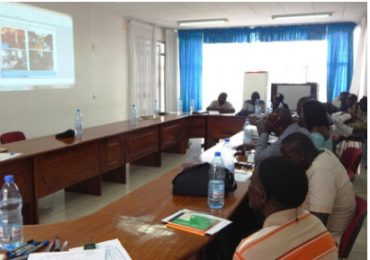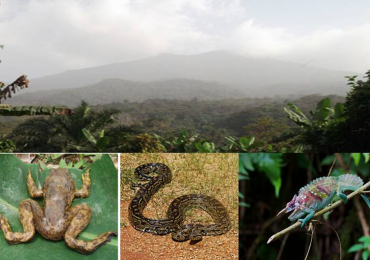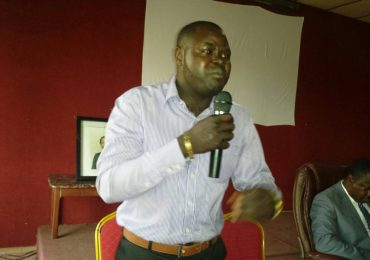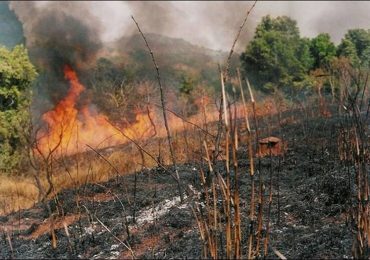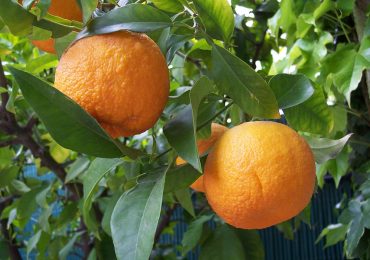By Louis Nkembi
In 1988, a new conservation project was born, the Mt. Cameroon Project. At the back of this project were two bilateral agreements; the British Development Administration (ODA) and the then German Technical Cooperation (GIZ) with contributions from scientists based at the Royal Botanical Gardens, Kew, the Missouri Botanic Gardens and a host of other universities in Cameroon and abroad.
In over 10 years, the Mt. Cameroon Forest Project has turned the Mt. Cameroon forests and its adjoining forest reserves (Southern Bakundu Forest Reserve, Mabeta Forest Reserve, Onge Forest Reserve, Korup National Park, Bomboko Forest Reserve, etc) into one of the most important biological diversity hotspots not only in Africa, but also at the global level.
The key biodiversity species recorded included 32 plant species of which 17 species are globally threatened and two species endemic only to Mt. Cameroon forest area. The species found to be endemic only to Mt. Cameroon is Microbelinia bisulcata (otherwise known as Zebra wood). The fauna biodiversity recorded included the African elephant, Nigeria-Cameroon Chimpanzee, Mandrills, Drills, reptiles, butterflies, etc.
In the subsequent years following the closure of the Mt. Cameroon Project (MCP), Mt. Cameroon was transformed into the Mt. Cameroon National Park in 2009, while the adjoining forest reserves were dumped into a non-functional Technical Operational Unit (TOU), the Mt. Cameroon TOU.
With the designation of the Mt. Cameroon National Park, over 90% of the Zebra wood species were excluded from the Mt. Cameroon National Park. This put the wood species that is highly exploited for timber at the risk of the local loggers and forest exploitation companies.
In 2011, when the Environment and Rural Development Foundation (ERuDeF) with support from the Fauna and Flora International (FFI) Global Tree Campaign launched the project for the conservation of the threatened trees of the Mt. Cameroon forest area, the aim was to locate all the globally threatened trees species that are exploitable to provide a long term conservation status to them. This project to its dismay discovered that the remaining population of the Zebra wood was now only found in the heavily exploited and infested Southern Bakundu Forest and the Mokoko Forest Reserve. The other threatened species Crudia bibundensis previously identified in the Mabeta Forest Reserve and other surrounding areas have completely been destroyed.
The future of the Zebra wood in the Bakundu Forest Reserve and Mokoko Forest is seriously hanging in the balance as these two forest areas have been given to the forest and mineral exploitation companies KOSMOS energy by the Forestry Department of the Ministry of Forestry and Wildlife.
Furthermore, the local communities and the mitigating populations from the other parts of the country are rapidly clearing up large portions of the reserves for agriculture.
It is at this time that the Minister of Forestry and Wildlife must intervene in order to save these remaining Zebra wood species, endemic to the Mt. Cameroon forest area. It is very clear that within the Mt. Cameroon forest area, 90% of the Zebra wood species is only found in the Mokoko Forest and Southern Bakundu Forest Reserve.
The other globally threatened trees species also moving towards local extinction must also be protected by the Ministry of Forestry and Wildlife.
Asa’a Lemawah and Adeline Tengem contributed to this article


